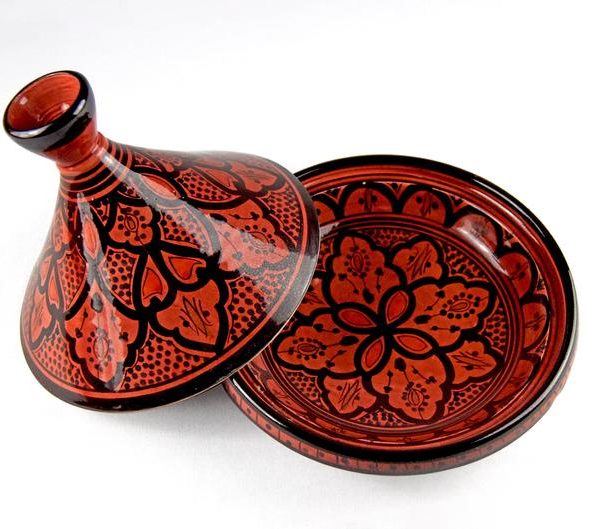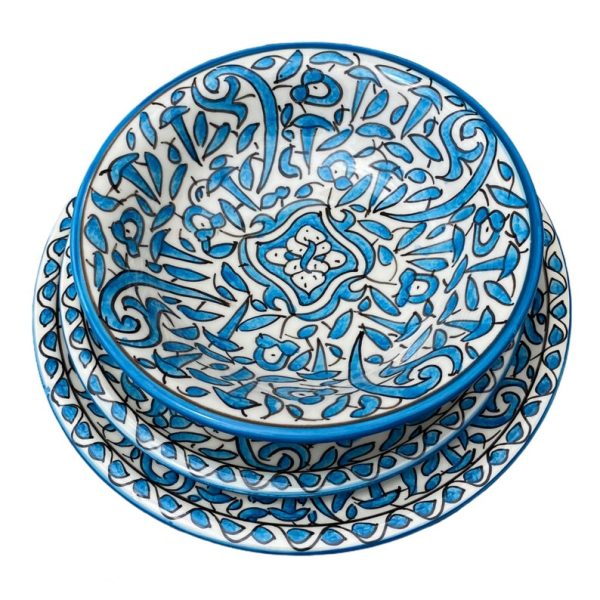Our Tamegroute Bowl , Large Tamegroute Bowl Pottery Decor Gift are handmade painted in vibrant floral patterns. Our Potteries made entirely of mineral paints are absolutely not harmful to health.
Beautiful handmade Pottery Moroccan , made with care with a beautiful design. Very very useful to service salt and peper with your meals as well as any sauces or snacks .
- Materials: Ceramic
- SIZE: 14CM





























